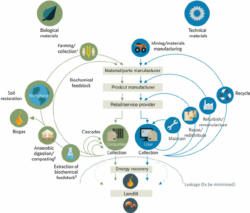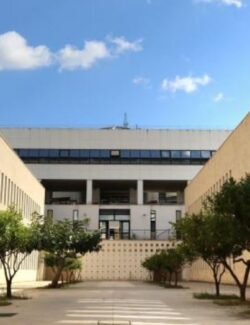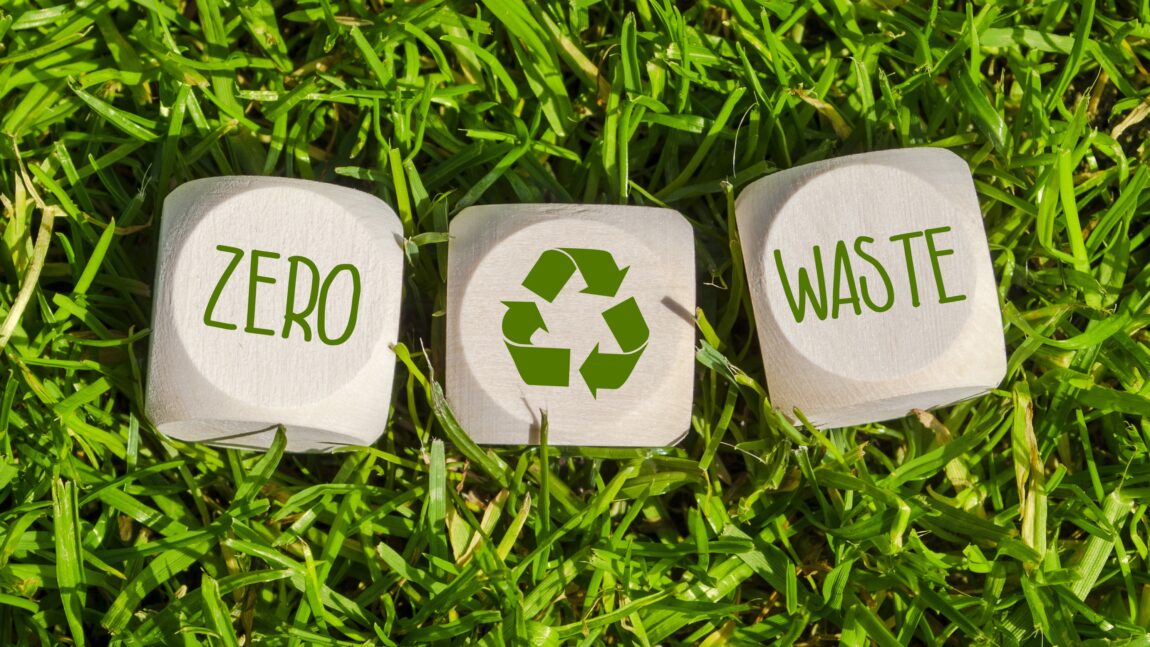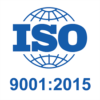Green Home, supports the activities to enhance the supply chain of Circular Design in Calabria.The project is coordinated by prof. Alberto De Capua, professor pertaining to Department of Architecture and Territory (to give you) of the Mediterranean University of Reggio Calabria
What is the Circular Economy
Starting a path of sustainability means adopting an economic model that evaluates production activities both in terms of benefits deriving from growth, economic indeed, both in terms of environmental impact; it means adopting an economic model in which investments, public and private, aim to reduce pollution and increase energy efficiency and efficiency in the use of resources, avoiding the loss of biodiversity and the destruction of the ecosystem. At the basis of sustainable development there is a balanced use of resources, rational that neither involves nor leads to the degradation and exhaustion of the stock of natural capital [1].
This is possible by abandoning the traditional conception of “linear economy” and adopting the model of “circular economy” which economy designed to be able to regenerate itself. In a circular economy, there are two flows of materials: organic ones, capable of being reintegrated into the biosphere, and the technical ones, destined to be revalued without entering the biosphere " (cit.Ellen MacArthur Foundation, Towards the Circular Economy, vol. 1, 2012)
 Circularity is therefore an essential part of a broader transformation of the industry towards climate neutrality and long-term competitiveness. It can offer substantial material savings across value chains and manufacturing processes, generate extra value and unlock economic opportunities.
Circularity is therefore an essential part of a broader transformation of the industry towards climate neutrality and long-term competitiveness. It can offer substantial material savings across value chains and manufacturing processes, generate extra value and unlock economic opportunities.
The Elle MacArthur Foundation claims that this turnaround will give the opportunity in the coming years to create up to 2,8 millions of jobs of which approx 500.000 in Italy. According to the framework document of the Ministry of Economic Development and the Ministry of the Environment of July 2017, “it is necessary to implement a paradigm shift that gives rise to a new industrial policy aimed at sustainability and innovation capable of increasing the competitiveness of the Italian product and manufacturing, and which also forces us to rethink the way we consume and do business”. In the middle 2018 the European Commission then published the regulatory package on the Circular Economy that all European states will have to launch, making the transition to this model of production and consumption increasingly urgent.
Circular Economy & Design
Design plays a key role in the transition from a linear to a circular economy. In fact, it is necessary to think of a different way to keep alive the value of the materials already in circulation thanks to a strategic planning from the beginning; this means designing the products so that they can be riparabili, reconditionable, reusable, shareable and only as a last resort (and better if only in some parts) recyclable.
The planning and design must therefore be oriented entirely in the perspective of sustainability ed eco-compatibility, right from the design and creation phase of the product, opting for greener materials, adopting design measures that improve its durability, ensuring its disassembly at the end of its life cycle, making the processes related to its production more efficient, such as to reduce energy waste, as well as encourage the use of recyclable or recycled packaging.
All sectors are therefore called upon to necessarily respond to the new needs for implementing a harmonious model that takes into account economic needs, social and cultural.
And if on the one hand the Italian producers, international, have already started innovative experimentation paths characterized by the use of new technologies and new materials with a view to eco-compatible production, on the other, there is the concrete possibility of seizing new opportunities and creating value by combining respect for the environment and market demands, the latter increasingly oriented towards sustainable and environmentally certified solutions.
Initiatives and projects
 Three-year Degree Course in Design – Mediterranean University of Reggio Calabria – Heritage Department, Architecture, Urban planning (Pau)
Three-year Degree Course in Design – Mediterranean University of Reggio Calabria – Heritage Department, Architecture, Urban planning (Pau)
The proposal stems from the awareness that design, in the sector of creative supply chains, it ranks among those that have recorded the best adaptation to the international macroeconomic framework, showing continuous growth rates, especially in relation to Made in Italy. Offer, so, significant employment opportunities within
of the labor market, which shows a strong demand for creative and competent professionals, both as a freelancer, than within companies, businesses, institutions, public and private entities, as a designer of everyday objects, interior and exterior furnishings, o come exhibit designer, web designer, advertising graphic and much more.
Didactics, based on the principle of learning by doing (learn by doing), sees the student as the protagonist of the learning process, making use of laboratory activities and workshops, in co-working with leading exponents of contemporary design and industry experts.
Internship experiences and participation in major Made in Italy events are planned and encouraged, as well as experiences abroad.






